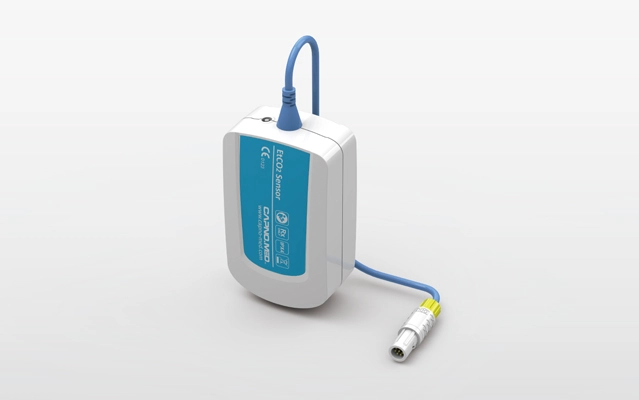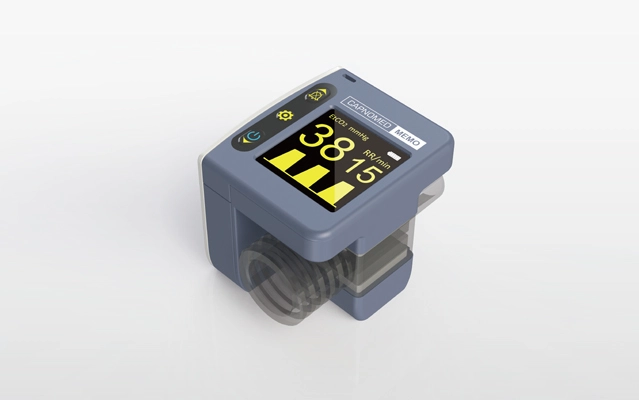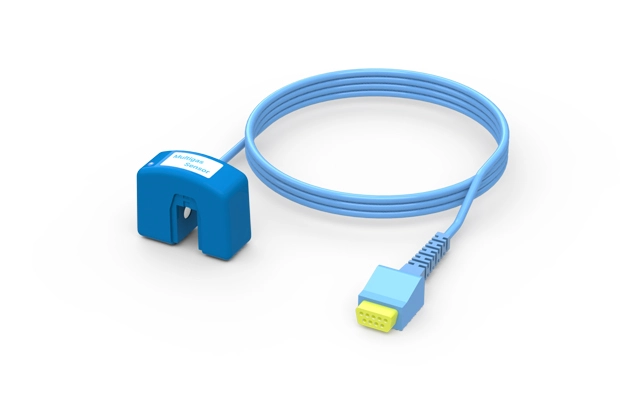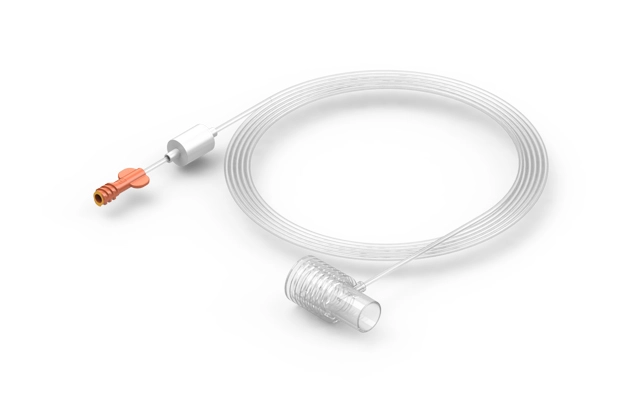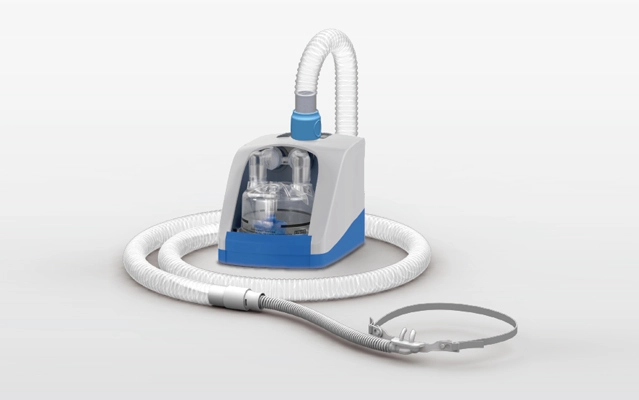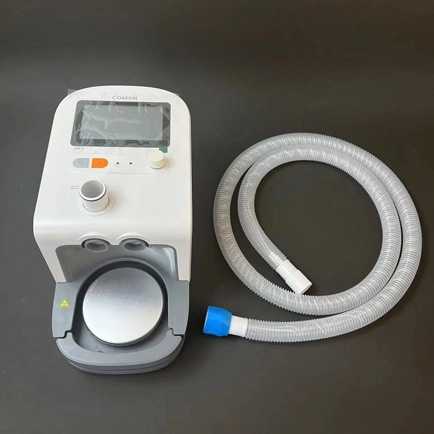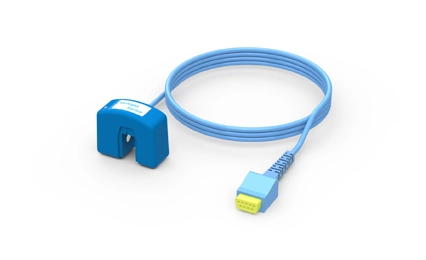Unraveling the Significance of Capnography in Critical Care
In the high-stakes realm of critical care, where every breath matters, capnography machines emerge as indispensable tools, providing clinicians with invaluable insights into a patient's respiratory status. Precision in monitoring ventilation and assessing the exchange of gases becomes paramount in these critical scenarios, and capnography machines play a pivotal role in delivering real-time, accurate data that guides clinicians in their decision-making processes.
Understanding Capnography: A Beacon of Precision
The Essence of Capnography:
Capnography is the continuous measurement and graphical representation of the concentration of carbon dioxide (CO2) in exhaled breath. Capnography machines utilize this technology to provide clinicians with a real-time waveform known as the capnogram and numerical values such as end-tidal carbon dioxide (EtCO2). This information is crucial in critical care settings, offering insights into ventilation, perfusion, and the overall respiratory status of a patient.
Precision in Ventilation Monitoring:
One of the primary roles of capnography machines in critical care is the precise monitoring of ventilation. The capnogram waveform depicts the entire respiratory cycle, offering a visual representation of inhalation, exhalation, and the phases in between. This level of detail allows clinicians to assess the regularity and efficiency of each breath, identifying patterns that may indicate respiratory distress or compromise.
Capnography in Critical Care Applications
Early Detection of Respiratory Distress:
In critical care scenarios, the early detection of respiratory distress is paramount. Capnography machines act as vigilant monitors, providing immediate feedback on a patient's ventilation status. The ability to detect changes in EtCO2 levels in real-time allows clinicians to intervene promptly, preventing the escalation of respiratory issues and ensuring optimal oxygenation.
Guiding Ventilator Management:
For patients requiring mechanical ventilation, capnography becomes an essential tool in guiding ventilator management. The continuous monitoring of EtCO2 levels aids in adjusting ventilator settings to maintain optimal carbon dioxide elimination. This precision in ventilator management is particularly crucial in preventing complications such as hypoventilation or hyperventilation, ensuring that patients receive the respiratory support they need.
Perfusion Assessment:
Beyond ventilation, capnography machines contribute to perfusion assessment. The capnogram waveform reflects the interaction between CO2 production and elimination in the lungs, providing insights into circulatory and perfusion status. Changes in the shape and pattern of the capnogram can indicate alterations in cardiac output and blood flow, offering clinicians additional information for a comprehensive assessment of a patient's hemodynamic stability.
Precision and Patient Safety
Preventing Adverse Events:
In critical care, where patients may be susceptible to sudden changes in respiratory function, capnography machines act as a frontline defense against adverse events. The continuous monitoring of EtCO2 levels allows for the early identification of potential complications, such as airway obstruction or respiratory failure, enabling clinicians to implement timely interventions that can be life-saving.
Enhancing Patient Safety During Procedures:
In procedures requiring sedation or anesthesia, capnography machines enhance patient safety by monitoring respiratory parameters closely. The immediate detection of changes in EtCO2 levels during sedation ensures that clinicians can respond swiftly to prevent complications, such as respiratory depression. This precision in monitoring contributes to the overall safety of patients undergoing critical procedures.
The Precision Paradigm in Critical Care
Embracing Precision for Optimal Outcomes:
In conclusion, capnography machines epitomize the precision paradigm in critical care. The detailed information provided by these devices empowers clinicians to make informed decisions, intervene promptly, and uphold patient safety. The continuous monitoring of ventilation and perfusion through capnography ensures that every breath is scrutinized with precision, allowing for a proactive approach to respiratory care in critical scenarios.
A Beacon of Hope in Critical Care:
As critical care continues to evolve, the role of capnography machines remains pivotal in providing a beacon of hope for patients and clinicians alike. Precision in every exhalation becomes not just a goal but a reality, as capnography technology advances, setting new standards for respiratory monitoring in critical care settings. In the critical care landscape, where seconds can make a difference, capnography machines stand as unwavering guardians, ensuring that each breath is measured with the utmost precision for optimal patient outcomes.
 English
English
